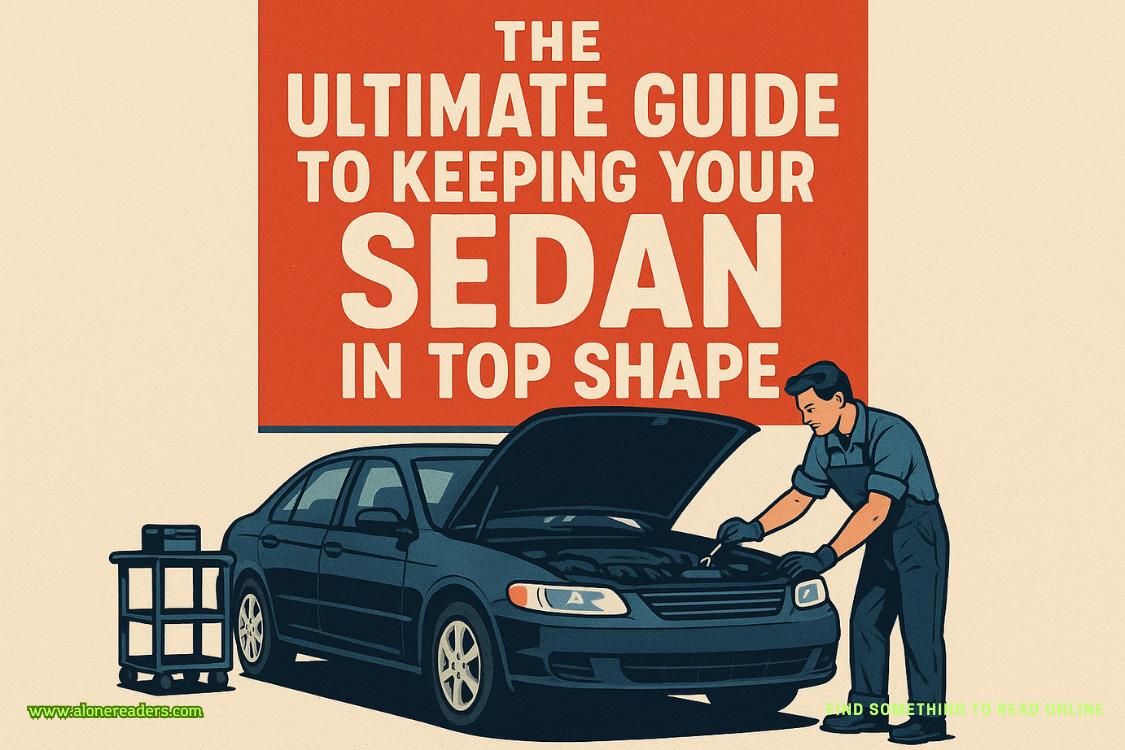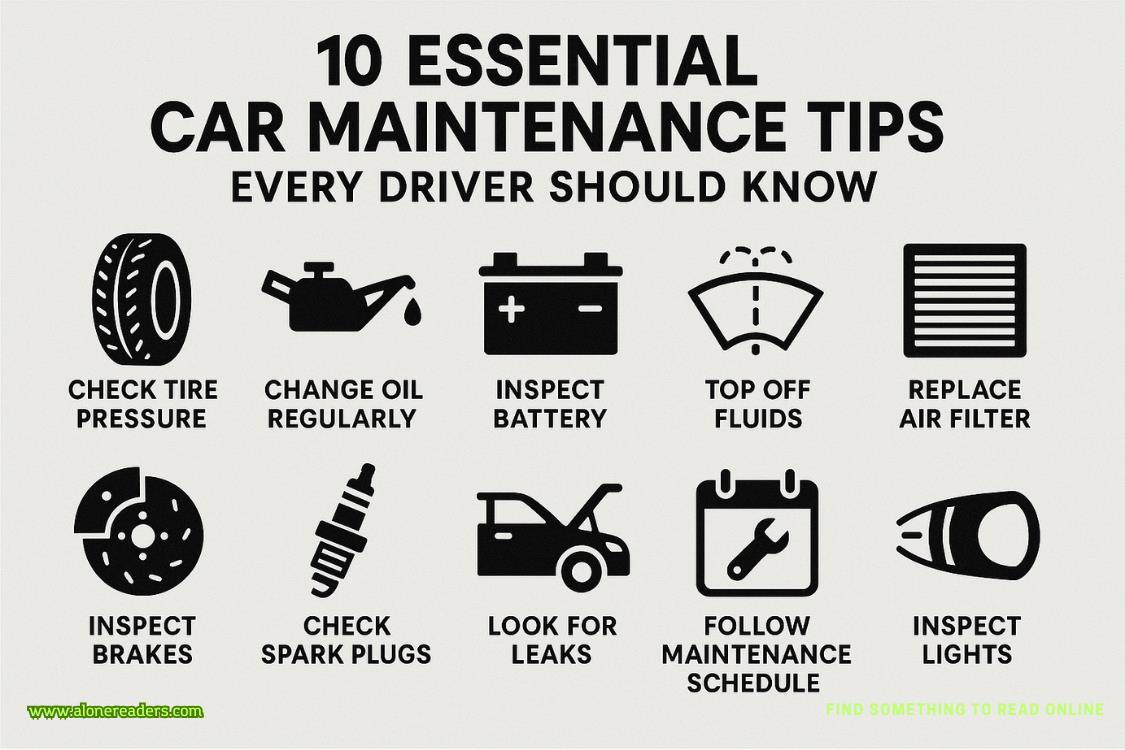“Eventually, we also bought the orchard across the way,” he continued, “putting us right at 142 acres.”
In the distance, scraggly trees were overgrown but still appeared to be flowering and producing fruit.
“Okay.” I frowned, my mental to-do list rapidly growing.
“Now I pay some locals to tend to the trees.” My eyes tipped to him and he continued: “They do the bare minimum, mind you. I just need someone letting me know if disease spreads or we lose any trees. They’re paid in free produce.”
I nodded as my brow furrowed. Tackling a project of this scale was going to take time, patience, and lots and lots of money.
“If you can’t do this, tell me now,” he said, as if reading my thoughts. “You look worried.”
“Not at all,” I said, turning to Stan. “I don’t have to worry when I know this is going to be incredible.” My thoughts drifted to Callum. “Is that neighbor of yours going to be a problem?”
Stan sighed, looking back toward the inn in the distance. “I don’t think so. Some days it gets to be too much. He knows I’ve been feeling burned out for a while. I thought he might make an offer one day but ...” Stan trailed off like the fact Callum wasn’t falling over himself to buy the farmland saddened him. “Truth be told, I didn’t even realize how much of a future this farm still had in it until you showed up.”
Pride expanded in my chest, and I shot him a wide grin. “Then it looks like we have a beautiful family farm to revitalize.”
I stretched my arms wide, taking in the overgrown farmland in front of me, holding it in my imaginary embrace.
Stan chuckled, shaking his head. “That we do, Miss Elodie. That we do.”
I layin the middle of an overgrown field, starfish style, staring at the blinding sun. Grounding into the earth, my mind wandered to the farm and its possibilities.
I nearly cried from overwhelm when Stan handed me a banker’s box filled with paper.Nothingfor Star Harbor Farm was digitized. I was, quite literally, starting from scratch.
A devious grin spread across my face. Unencumbered by rules or expectation, this farm could be whatever I dreamed up, and if there was one thing I excelled at, it was dreaming.
I had plans to meet with the accountant later in the week, but Stan assured me that while still operational, the farm had operated in the black and earned enough that, even now, finances weren’t a problem.
Community engagement.
That was his problem. Star Harbor didn’t realize what a gem the farm was—what itcouldbe.
I sat up, plucking dried grass from the back of my hair, before grabbing my sketchbook. Sitting with my legs crossed, I flipped to an open page and started scribbling. A large rectangle with an oval drawn around it was labeledpumpkin patch—tractor ride to get there. Another rectangle—corn maze. Is it too late to plant? Orchard—phase two project.
Selene was an art teacher, so maybe she knew of a few talented kids who could help with painting, maybe even a mural or posters to spread the word.
With each idea, the sketch, and my excitement, grew. My mind zipped faster than my hand could draw, and one idea tumbled into the next.
I flipped the page to a fresh sheet and began mocking up a poster with stick figures. If I was going to rally the community, I knew building buzz early was key. As it stood, the farm was as much of a ghost as the Lady, but I could bring it back to life.
I stretched my legs, tapping the toes of my hunter green boots together as I thought. Mud clung to the bottoms and sides, but against the bright-green grass, with my jeans rolled at the hem, I already looked the part. Phone in hand, I leaned back, framing my rubber boots in the shot with the dunes and Lake Michigan blurring in the background. An idea took root.
The pumpkin patch.
I shot to my feet, not bothering to dust myself off, and ran toward the old pumpkin patch, my sketchbook tucked under my arm. A huge grin spread across my face as the section of land that once grew pumpkins came into view.
Sprawling, leafy green vines with large broad leaves were woven between tall, overgrown grasses. My heart rate climbed higher as I noted each vine starting to produce multiple yellow flowers, some even showing the first signs of tiny green pumpkins forming at the base of female flowers.
Despite years of neglect, they’d survived and continued to grow on a volunteer basis. When a vine produced a pumpkin, it had been left to rot, spilling its seeds into the land for another year.
With my bare hands, I carefully worked around a small patch of vines, ripping out the unwanted grass from the roots and tossing the clumps aside. I cradled a little pale-green pumpkin as I gently moved it to the side and continued weeding a section of dirt. I turned in a circle, admiring the small clearing I’d created.
Perfect.
Mud was caked under my nails, and a few tiny scratches stung my wrists and forearms. I toed off my boots, not caring that my socks sank into the soft, wet earth. Arranging the wild vines to flow across the toe of my boots, I smiled at the contrast of sunny, yellow blooms against the rich, hunter green of my work boots. Once the arrangement was perfect, I stepped back and quirked my head. Lowering myself to my belly, I held my phone’s camera out to frame the picture.
A giddy zip of excitement tickled my ribs as I angled the camera to capture the midmorning light just right. After taking a few photos from various angles, I opened an editing app and filtered the image to be soft and cheerful, yet still moody and interesting.















